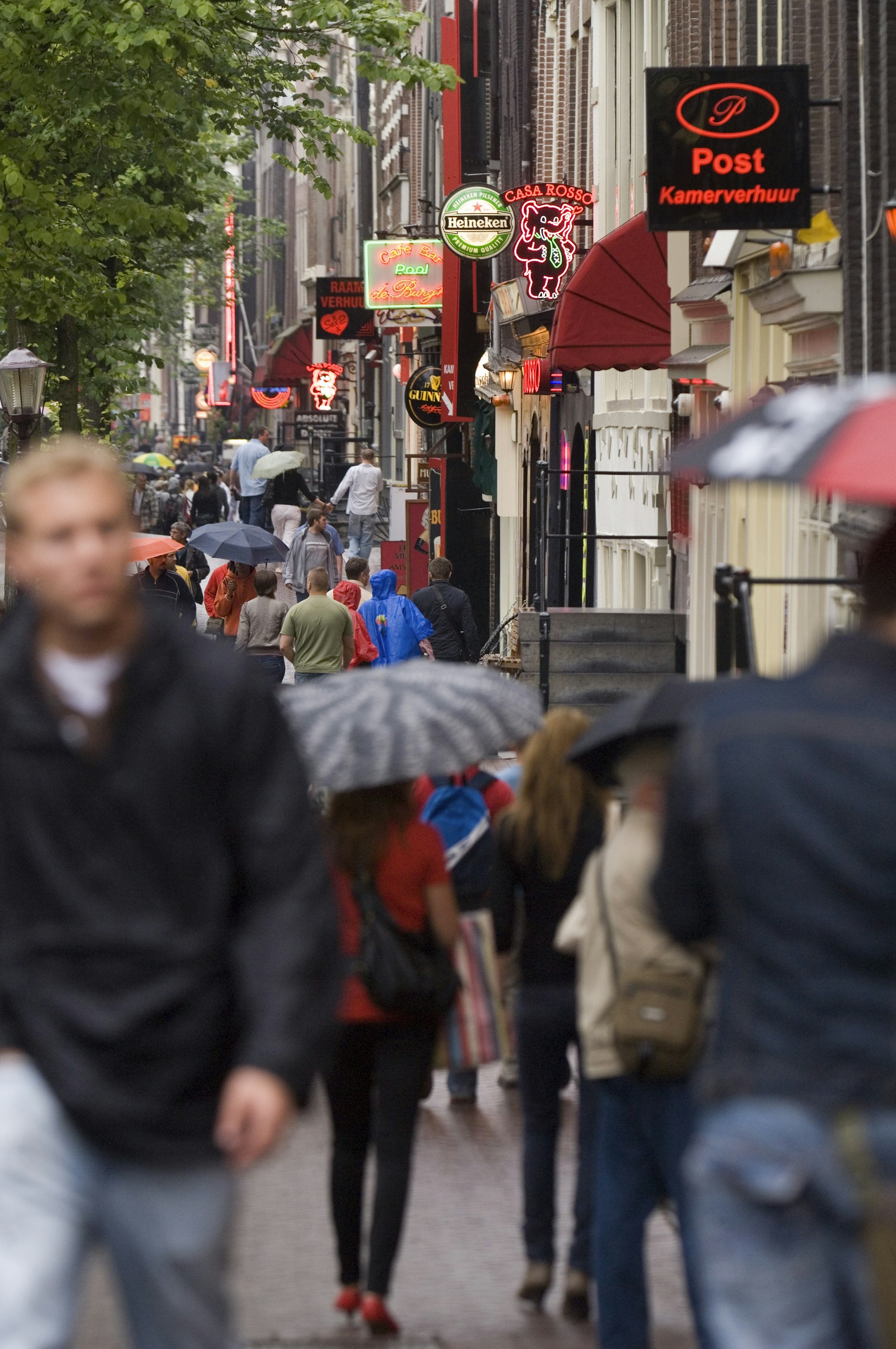COVID-19 has had a major impact on visitor numbers to Amsterdam. For a destination that received 19 million travelers last year - many attracted by the allure of the coffee shops, the hopping bar and club scenes and of course the infamous red light district – the city is taking some time to rethink its relationship with tourism and look at ways to make it more sustainable and balanced.
With sanctions in place on international flights, the streets of the usually-busy city center have been starkly different since the beginning of the coronavirus pandemic. In a published letter, Amsterdam mayor Femke Halsema said “[there is an] urgency to think about the city center of the future. The questions may be no different than before the coronavirus crisis, but the starting position is. What kind of city center do we wish for ourselves and for whom do we want it to be an attractive place? What does it take to create it? And how do we prevent the unilaterally tourist-oriented economy from reigning supreme while at the same time keeping business going?”.

The letter also addressed the fact that there have been countless complaints of noise and nuisances around the Red Light District and entertainment squares, and how overtourism has had an impact on housing. The city of Amsterdam recently announced an update to its housing regulations. One of the changes is that in order to temporarily rent out a property to tourists, homeowners must first register it and have a permit. As well as that, only properties larger than 100-square-meters may be converted into two or more smaller homes, a move which will see more regulation in place for short-term tourist developments. The changes are part of the new Housing Regulations and Target Groups Regulations, which are expected to take effect on 1 January 2021. The regulations will include penalty fees for landlords found in breach of the rules.
According to Mayor Halsema, the problems go beyond large visitor numbers, with local business and innovation being discouraged from the city center due to high rents. Key points of the plan include strengthening the cultural significance of the area for all Amsterdammers and Dutch people, promoting a diverse housing offering for all income groups and ages, and restoring the balance between living, working and recreation.
“The beauty of the city center of Amsterdam lies on one hand in the historic canals and architecture, and on the other hand in a diverse mixture of people living, working and visiting here. All these people are important for the atmosphere we’re so proud of. So local government is taking measures to restore the balance between locals and visitors. We owe it to ourselves and the people living here to keep the city a place to live in the first place, where visitors are welcome,” Mascha ten Bruggencate, who chairs the council of Amsterdam’s central district told Lonely Planet.
Read More:
Hawaii wants to ensure a sustainable relationship with tourism post-COVID-19
Sustainable travel: 6 ways to make a positive impact on your next trip
Some countries want us to visit - but are we ready to travel?
